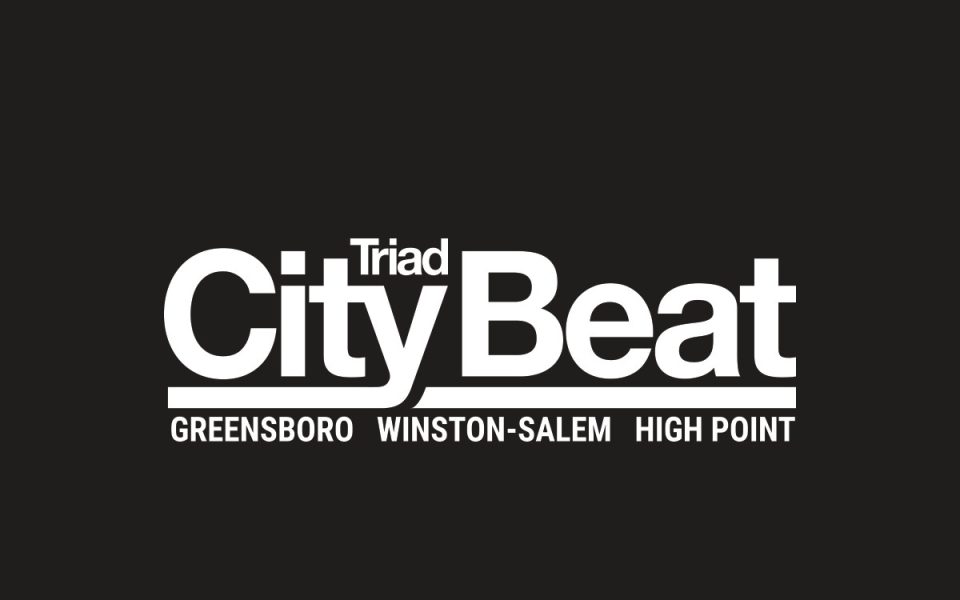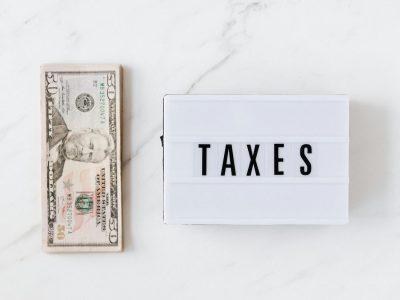I would never go to Chicago without my guys. And that’s not gonna happen.
I’ll be in Washington, DC for the Fourth of July weekend, snaking my way through the National Mall. But surely a piece of me will be in Chicago, where the Grateful Dead will be getting the band back together for a farewell reunion show.
My history with the Dead goes back to the 1970s, when I would sometimes find my aunt in her attic bedroom suite at my grandparents’ house just zoning out and listening to their music — mostly their studio work, as my aunt was never a huge tape collector, and usually with the window open.
I was more into Johnny Cash back then — I was about 7 — but the music had set a foothold in my consciousness before I became a full-fledged teenager.
I pulled back a bit from the new-wave stuff I had been exploring and immersed myself in the Dead throughout the 1980s. I used “Brokedown Palace” as an analogy for my angst-ridden life, and soothed a bad breakup with “Loser.” I learned the hippie boogie dance to “Alabama Getaway.”
A tie-dyed and sideburned English teacher in junior high gave the young Deadheads something to coalesce around (Thanks, Riv!); the well-heeled kids in my school wore tie-dyes underneath their rugby shirts and their older brothers played in Dead cover bands.
What my father never understood until much later, right after Jerry Garcia died in 1995, was that the band’s image as a drug-fueled carnival — largely true, by the way — and its iconography rich with badass images of skulls and flowers, lightning bolts and frivolous cartoons never really squared with the music.
Sure, the Dead could — and will — rip into a number hard enough to raise armhairs. But even at its most electric, the Dead’s music was always beautiful and melodic, with Garcia’s flowery guitar work laid like lace atop Bob Weir’s jammed-out rhythm.
I didn’t see my first show until 1986, a billing with Bob Dylan, in whom I had recently become interested, at Giants Stadium. A few dozen of us had made the drive out from Long Island, and we set up camp in a corner of the parking lot before noon, throwing away cash at the open-air market known as Shakedown Street for trinkets, baubles and dry goods. I had never seen anything like the people at the Dead show: aging hippies and beautiful scenesters and rich boys dropping cash. It would take thousands of words to understand what I took in that day and what happened to me afterward, but by the time the whole tribe queued into a surreal parade that led inside the venue, I knew I wanted to do this — the music, the people, the party, the vibe — some more.
I was 16 years old. By the time I graduated high school I had clocked a few more shows — a dozen? Who really knows? — and become part of a small cadre of heads who between us hit every show in the Northeast circuit. That summer, and for a few summers afterward, I’d pile in a van or someone’s mother’s sedan and make for Pittsburgh and Philadelphia, Saratoga Springs and Madison Square Garden. It all sort of blends together — was I there when Weir’s rendition of “Looks Like Rain” caused what we perceived to be an actual thunderstorm inside the Hartford Civic Center? Does it even matter anymore? Hotel rooms and parking lots, strange bars and miles of road, ticket scalpers and candymen — they were all part of one larger experience.
By then my crew was tight: just me, Cap, Reals and Dr. Lawyer. Together we traipsed through the New England hinterlands and the edge of the Midwest, down through Maryland and along the New Jersey coast. There’s a book in there somewhere….
That’s when the Dead shows became, for me, more about a golden moment of my youth than the music, which I still dug immensely.
And without my guys, it’s just not really a Dead show.
Reals has been gone since 1995, just a few months after Jerry Garcia, when a tragedy on the Meadowbrook Parkway extinguished his light. Twenty years, and I still can’t type that without crying a little.
Last anybody heard of Cap, he had just come off the street in Queens and was promising to give sobriety a shot — a real shot this time — as soon as he could get out of the halfway house. I often wonder what role those lost nights on tour played in his struggles with addiction.
Dr. Lawyer’s out in Tucson, ostensibly to run a hospital but I suspect he’s there to find a way to become an Indian chief, just so he can make the jokes.
And like I said, I’ll be in the nation’s capital when the Dead & Co. take the stage in Chicago. It’s better this way. Without my friends, it would be too much to bear.
Join the First Amendment Society, a membership that goes directly to funding TCB‘s newsroom.
We believe that reporting can save the world.
The TCB First Amendment Society recognizes the vital role of a free, unfettered press with a bundling of local experiences designed to build community, and unique engagements with our newsroom that will help you understand, and shape, local journalism’s critical role in uplifting the people in our cities.
All revenue goes directly into the newsroom as reporters’ salaries and freelance commissions.






Leave a Reply